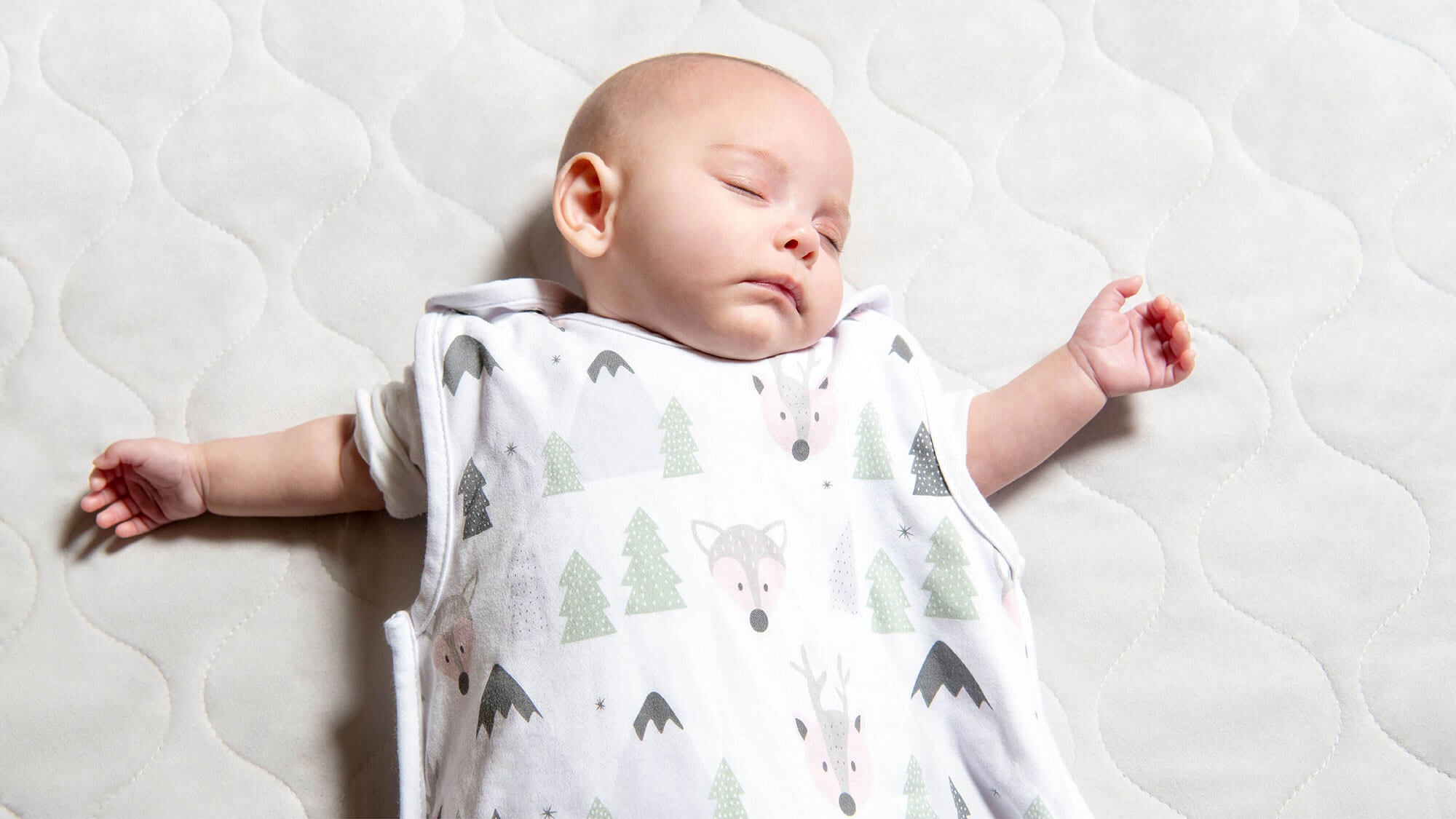Baby nests, also known as sleeping pods, are widely popular worldwide, especially with new parents looking for a cosy, snug resting spot for their newborns. However, their safety can be a source of debate, leaving many asking the question: "Are baby nests safe?" In this article, we explore what baby nests are, their benefits, potential risks, and what safety precautions parents should take when using one.
What is a Baby Nest?
A baby nest is a cushioned, cocoon-like pillow designed to keep your baby feeling snug and secure. Its soft, padded edges create a comforting environment, mimicking the warmth and protection of the womb. Baby nests are often used during supervised tummy time, playtime, or quiet time, and allow parents some free hands while the baby rests beside them.
However, it’s important to note that baby nests are not designed for unsupervised or overnight sleep. In the UK, baby nests are not subject to the same safety standards as cots and bassinets, so it’s necessary for parents to use them correctly and understand their limitations.
Why Are Baby Nests Controversial?
The controversy surrounding baby nests stems from concerns about safe sleep practices and Sudden Infant Death Syndrome (SIDS). Organisations like the NHS and The Lullaby Trust recommend that babies sleep on their backs, on a firm, flat surface, and in their own sleep space, free from pillows, blankets, or soft items. A baby nest, with its soft cushioned sides and lack of a firm base, does not align with these guidelines, making it unsuitable for unsupervised or overnight sleep.
Babies could also roll or move into unsafe positions while in a baby nest, increasing the risk of suffocation or overheating. Because of this, it's essential that baby nests are only used when your baby is awake and under supervision.
How Can I Use a Baby Nest Safely?
If you choose to use a baby nest, there are several important safety precautions to follow to ensure your baby stays safe:
1. Use Only for Supervised Time
Baby nests should never be used as a primary sleeping space or left unattended. They are suitable for awake, supervised activities such as tummy time or short naps while you're close by. You should not place your baby in the nest for overnight sleep or leave them unattended for any period.
2. Ensure a Firm, Flat Surface
Always place the baby nest on a firm, flat surface when in use. Avoid placing it inside a cot, playpen, or bassinet, as the soft sides of the nest can become a suffocation risk if the baby rolls against them. Also, ensure that the nest has a firm base to avoid any risk of your baby sinking into the surface, which can also increase unnecessary risk.
3. Look for Breathable, Hypoallergenic Materials
Choose a baby nest made from breathable and hypoallergenic materials, such as organic cotton or bamboo. These materials help regulate temperature and reduce the risk of overheating, while also being gentler on sensitive skin. Breathable fabrics promote airflow, which can be beneficial in minimising risks associated with SIDS.
4. Keep It Simple and Clean
A well-designed baby nest should be free from detachable accessories like canopies, pillows, or toys, which could pose a choking hazard. Opt for a design that focuses on simplicity and functionality. Washability is another essential feature—look for nests that have washable covers or are waterproof, as this makes them easier to clean and prevents bacteria from building up.
Alternatives to Baby Nests
If you're concerned about the safety of baby nests but still want a cosy space for your newborn, consider some safer alternatives, such as:
- Baby sleeping bags – These are designed to keep babies warm without the need for blankets or soft bedding. They are available for newborns, up to 6 months of age, as well as a larger version for babies from 6-18 months.
-
Cots and cribs – A firm, flat cot with a breathable mattress is always recommended for overnight sleep. If you need something portable, a bassinet or Moses basket is a safer option.
Final Thoughts
Baby nests can be a useful tool for parents, especially during those early months when babies need plenty of comfort and close contact. Still, they must be used responsibly. Always prioritise your baby's safety and adhere to the proper guidelines, such as those recommended by The Lullaby Trust and NHS.
While baby nests are convenient for tummy time or playtime, they are not a suitable option for unsupervised or overnight sleep. Parents should always keep a close eye on their baby when using one, and remember that a firm, flat sleep surface is the safest option for newborns.
If you’re ever unsure, consult reputable resources like The Lullaby Trust or speak with a healthcare professional for advice on safe sleep practices. With the right information and care, you can make the best choices for your baby's safety and well-being!
Key Takeaways:
- Baby nests are not recommended for unsupervised or overnight sleep.
- Ensure your baby nest is used only during awake, supervised times.
- Choose nests made from breathable, hypoallergenic materials.
- Always follow UK guidelines for safe sleep, such as those from NHS and The Lullaby Trust.
Have questions? Don’t hesitate to contact us. Our team is always available to answer any questions.








